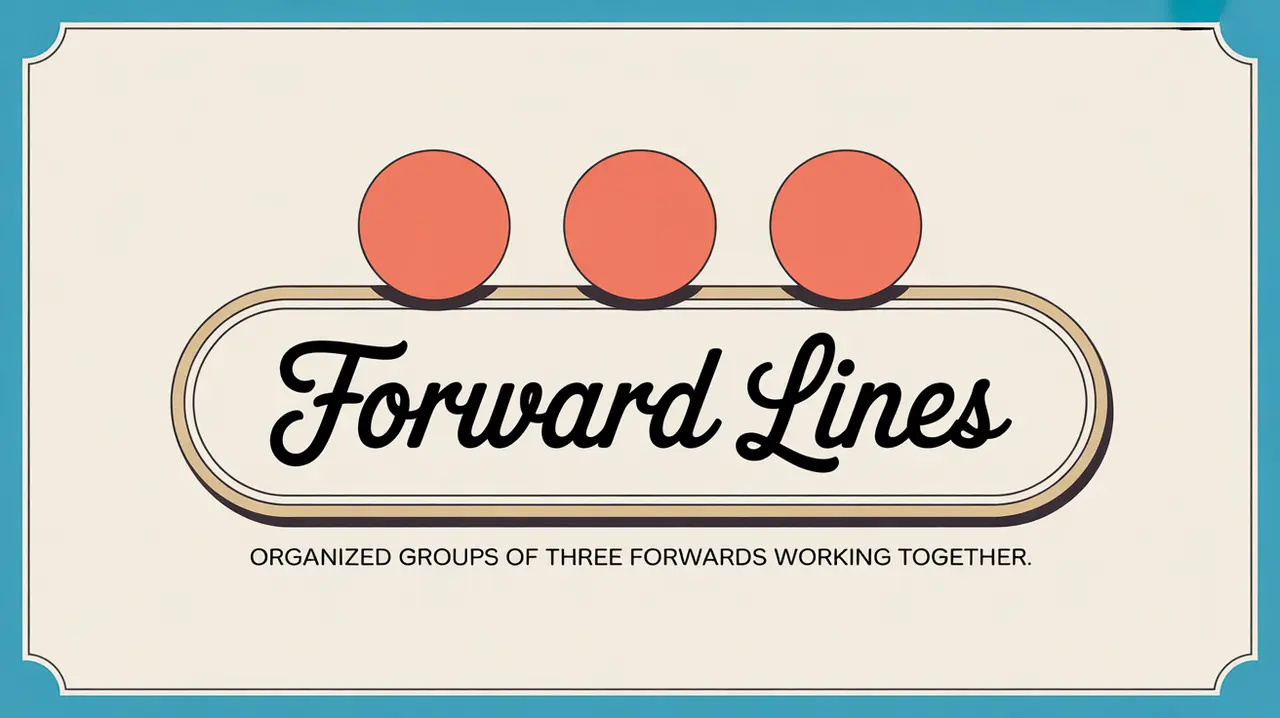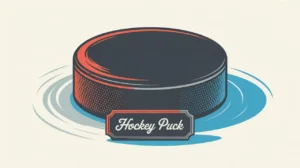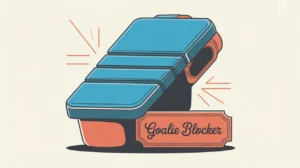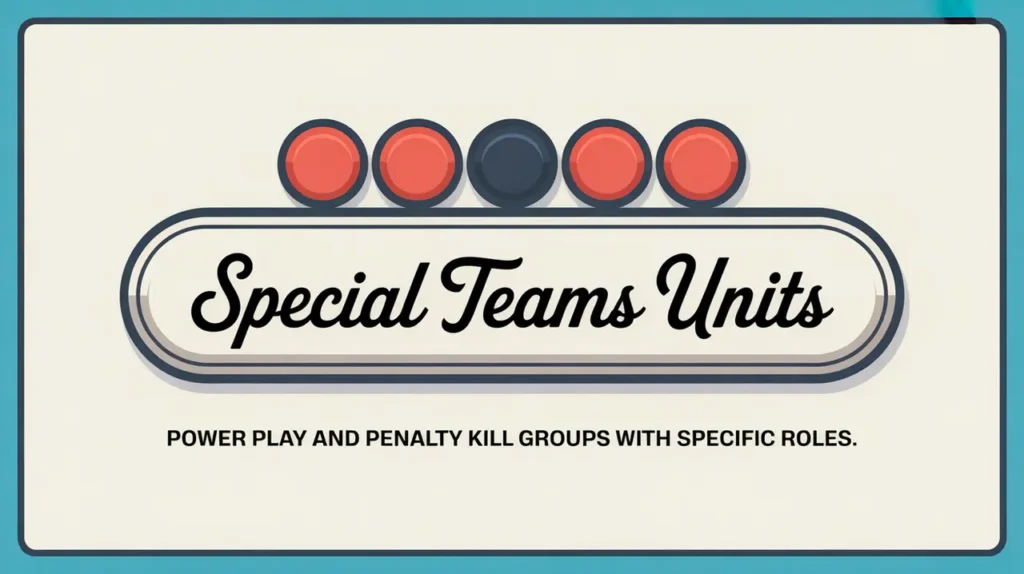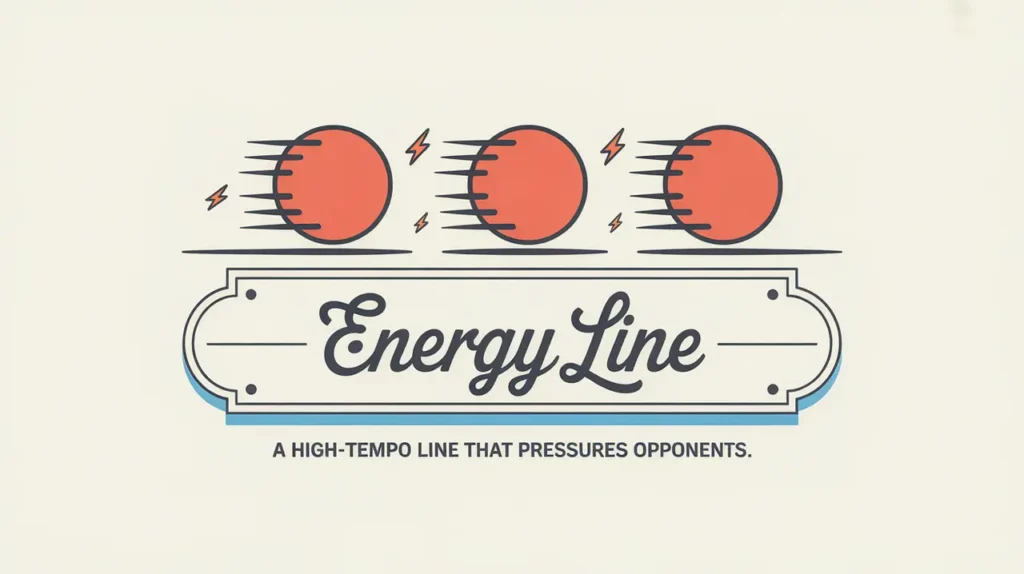Jim’s Intro to Forward Lines
Hi folks, Jim here, the only commentator who once thought forward lines never skate backwards.
What are forward lines?
Forward lines are groups of three forwards (left wing, center, right wing) that play together as a unit. Teams typically have four lines, each with different roles, skills, and responsibilities. Forward lines set the rhythm of a team’s offense and often define its identity.
How do they work?
Forward lines are built on chemistry, balance, and rotation:
- Line Composition: Usually made up of a center and two wingers, each with complementary strengths like speed, vision, shooting, or physicality.
- Top Six and Bottom Six: The first two lines often focus on scoring, while the third and fourth bring energy, checking, and defensive reliability.
- Shift Timing: Lines rotate every 30 60 seconds during play to keep legs fresh and maintain intensity.
- Matchups: Coaches deploy lines strategically against specific opponents to exploit weaknesses or neutralize threats.
- Consistency vs. Flexibility: Some lines stick together for long stretches, while others change often to find the right chemistry.
How do you make good decisions with them?
- Balance Skills: Mix playmakers, shooters, and forecheckers to create effective combinations.
- Read Game Flow: Adjust lines if momentum swings or matchups are unfavorable.
- Keep Shifts Short: Overlong shifts lead to tired players and mistakes.
- Use Roles Intelligently: Scoring lines should be in offensive situations; checking lines in defensive ones.
- Build Trust: Players who know each other’s tendencies make smarter reads.
How do you master them?
Mastering forward lines requires chemistry, communication, and tactical awareness. Coaches refine combinations through practice and games, while players learn to anticipate linemates’ movements, maintain spacing, and support each other on both sides of the puck.
What does it look like when done right?
Great forward lines look cohesive and instinctive. The puck moves crisply, players fill lanes seamlessly, and shifts end with sustained pressure or clean exits, not confusion.
Commentator’s Corner
Jim’s Take
A good forward line is like a well-rehearsed band. Everyone knows their part, no one overplays their solo, and when they click, it’s pure rhythm on ice.
Parent Tip
Encourage players to value chemistry as much as individual skill. Being a good linemate makes everyone better.
Player Tip
Talk on the ice, know your role, and support your linemates. Great lines are built on trust and communication.
A Final Thought
Forward lines shape how a team plays and feels. Master their structure, and you’ll understand the heartbeat of the offense.

